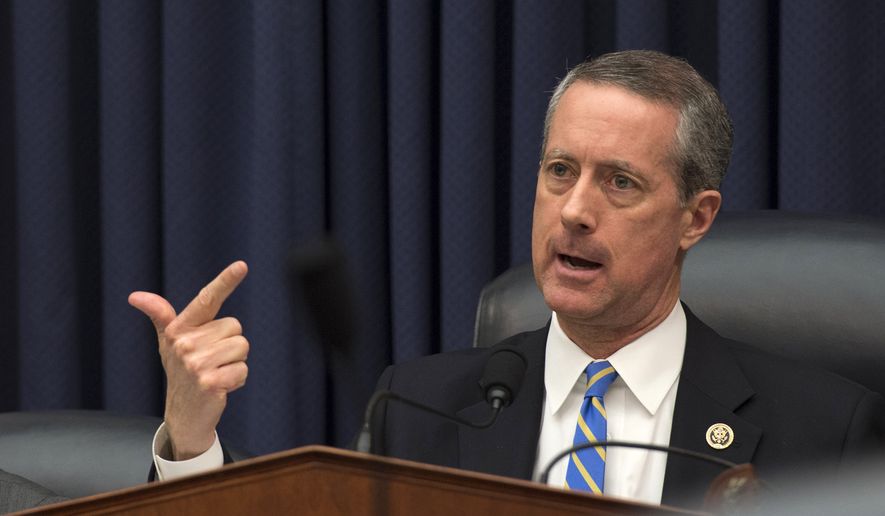The Defense Department is trying to cut red tape in its acquisition process to allow America to adapt more quickly to rapidly changing threats, the same end goal as an acquisition reform proposal from Capitol Hill.
Officials unveiled Better Buying Power 3.0, the latest iteration of acquisition improvements, on Thursday. The changes are designed to help the department work better with commercial innovators to remove bureaucracy, make it easier to do business with the government and implement technology in the force quicker to respond to new threats.
Frank Kendall, under secretary of defense for acquisition, technology and logistics, said America’s technical superiority can not be taken for granted, especially as the threats the country faces change so quickly.
“Because threats are now moving at a rate that we’ve gotten a little complacent about quite frankly, we need to pay closer attention. We have to make intelligent adjustments,” Mr. Kendall told reporters at the Pentagon.
Rep. Mac Thornberry, Texas Republican and chair of the House Armed Services Committee, is working on his own version of acquisition reform that would cut paperwork and give more power to project managers to create a more agile system.
Mr. Kendall said he is encouraged by the cooperation with lawmakers on both sides of Capitol Hill and that his office is currently reviewing Mr. Thornberry’s proposal.
“By and large, we’re supporters of what he’s done,” Mr. Kendall said.
Bob Work, deputy secretary of defense, said that modernization has absorbed many of the budget cuts in recent years, leaving the military chronically underfunded in weapons and capabilities while other countries are increasing their modernization in an effort to close the technology gap.
Better Buying Power 3.0, then, is a response to “a steady erosion of our technical superiority,” he said.
Mr. Kendall emphasized that while the changes in Better Buying Power 3.0 can make it easier to remain competitive with other countries, how much money the government can invest in the best products and people plays a larger role in keeping a technological advantage.
“This will all, I think, help, but at the end of the day, the fundamental driver on how fast we can modernize is how much money we spend and the quality of the people out there doing the work,” he said. “Legislative initiatives don’t do a lot to give me a better engineer or a better program manager.”
• Jacqueline Klimas can be reached at jklimas@washingtontimes.com.




Please read our comment policy before commenting.